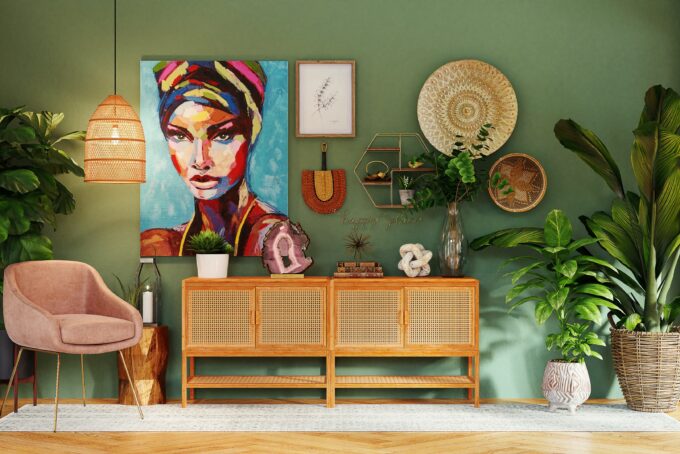When it comes to elevating a space, people tend to think interior decorators and interior designers are one and the same. While both interior professionals play important roles in enhancing spaces, they serve completely separate purposes and have distinct skill sets. By understanding the difference between an interior designer and an interior decorator, you can make an informed decision about who you should hire based on your specific needs, project and budget. Here’s what makes each one different.

Interior designers create functional and aesthetic spaces.
Interior designers are trained professionals who specialize in creating aesthetically pleasing, yet functional interior environments. While you don’t necessarily need a degree in interior design to become successful, you do need to have a deep understanding of architectural principles, building codes and space planning techniques. This helps interior designers develop spaces that aren’t just pretty to look at, but practical enough for everyday use, too.
This is pretty much the overarching focus of an interior designer — to optimize the functionality and flow of interior spaces based entirely on what the client requests. This includes their needs, preferences, and budget constraints.
But they don’t just work with their clients; when it comes to interior design, the more the merrier! In order to conceptualize and execute a dream space, they have to work closely with people from multiple industry professionals, including architects, contractors, and other stakeholders.
What are the key responsibilities of an interior designer?
Now that you know what an interior designer is, let’s take a look at what they do exactly:
Space Planning
Interior designers are responsible for evaluating the layout and flow of certain spaces to maximize efficiency and usability.
Concept Development
They create design concepts for their client, according to their lifestyle, personality, and design preferences.
Technical Drawings
Interior designers know how to draw detailed floor plans, elevations, and construction documents for contractors and tradespeople to carry out the design plan.
Material Selection
They research and pick out the right materials, finishes, and furnishings based on the aesthetic and functional requirements of the project.
Project Management
They oversee all aspects of the design process, which includes budgeting, scheduling, and coordinating with contractors, vendors, and other professionals.
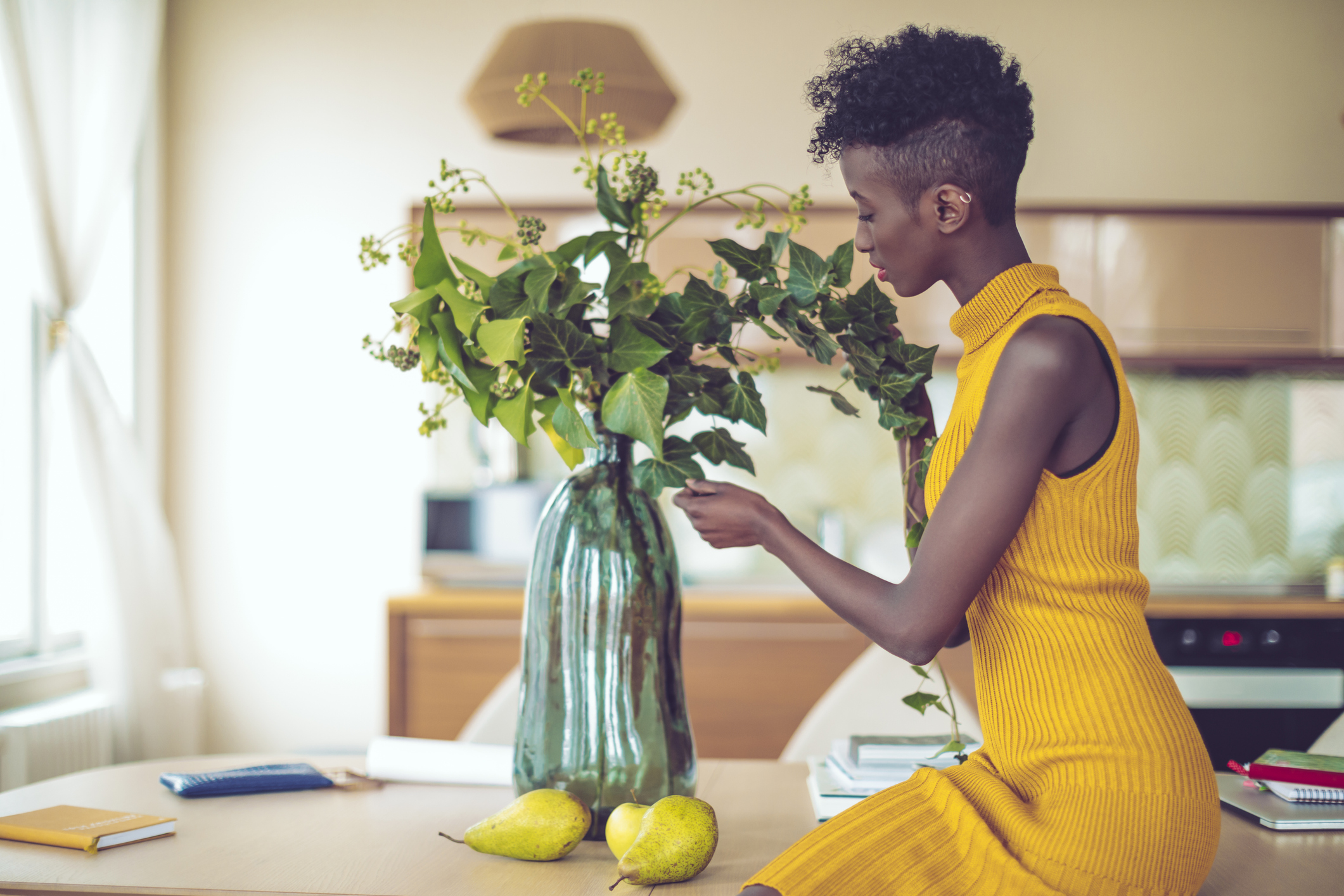
Interior decorators enhance aesthetic appeal.
Interior decorators are responsible for elevating the aesthetic appeal of an interior space through the selection and arrangement of furniture, accessories, and decorative elements. While they don’t have to have any formal training in architectural principles or space planning, they do need a keen eye for design, plus a whole lot of style, at the very least.
The difference between an interior designer and an interior decorator is that interior decorators don’t have much to do with the structural or architectural elements of a space. Instead, they work with existing layouts and structures with the goal of enhancing visual harmony, balance, and cohesion.
And while interior designers work with multiple people, interior decorators mostly collaborate with their clients. This allows them to better understand their design preferences so that they can come up with cohesive color schemes, furniture layouts, and decorative accents that reflect their personal style.
What are the key responsibilities of an interior decorator?
For a better idea of what an interior decorator does, here are some of their job duties:
Furniture Selection
Interior decorators pick out furniture pieces that complement the existing design aesthetic and functionality of a space.
Color Consultation
They provide expert advice on all decor elements. This includes color palettes, paint selections, and wall treatments to create a fashionable, yet balanced interior.
Accessory Styling
Interior decorators curate and place decorative accessories, artwork, and textiles to add visual interest and personality to a space.
Budget Management
They work with multiple client budgets by sourcing affordable yet trendy furnishings and decor items.
Client Collaboration
Interior decorators work very closely with their clients so that their vision for their space is reflected in the final outcome.
popular posts
- 1It’s Black Business Month, So Let’s Go Shopping and #BuyBlack!
- 2These Home Decor Items Will Instantly Make Your Space Look Outdated
- 3Black-Owned Home Decor Stores To Support Across the United States
- 4A Look Inside Elon Musk's Tiny $50,000 House
- 57 Black and Multicultural Designers To Follow For Design Inspo
Decorate
Access design inspiration that infuses personality and culture into your spaces.
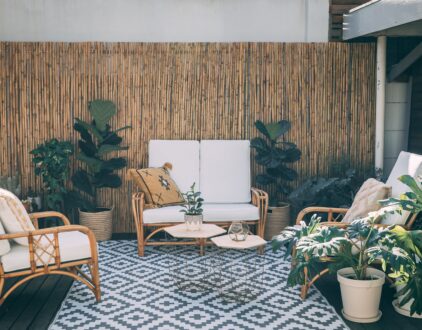
Up to 15% Off: 4 Best Patio Furniture Finds
by Stephanie Taylor | January 18, 2023
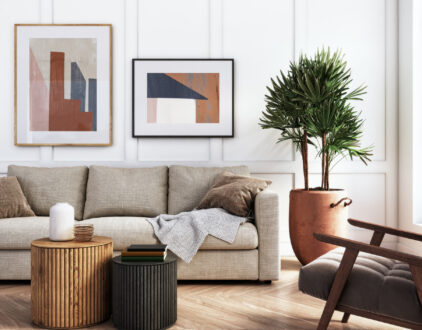
7 Black and Multicultural Designers To Follow For Design Inspo
by Marissa | January 18, 2023
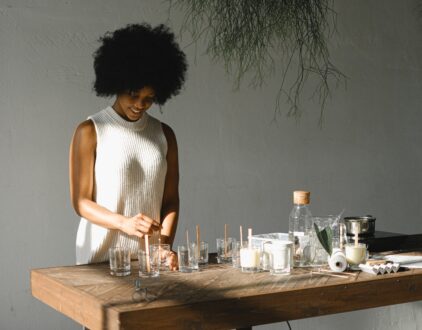
These Candle Making Kits Will Elevate the Vibe of Your Home
by Arielle Clay | January 19, 2023
Spaces
Whether it’s luxury or ease, every area of your home should be as fabulous and unique as you.
FOLLOW ALONG ON INSTAGRAM
#homeandtexture
Find us on social for more home inspiration where culture, personal style, and sophisticated shopping intersect to help you create a home where you love to live.



